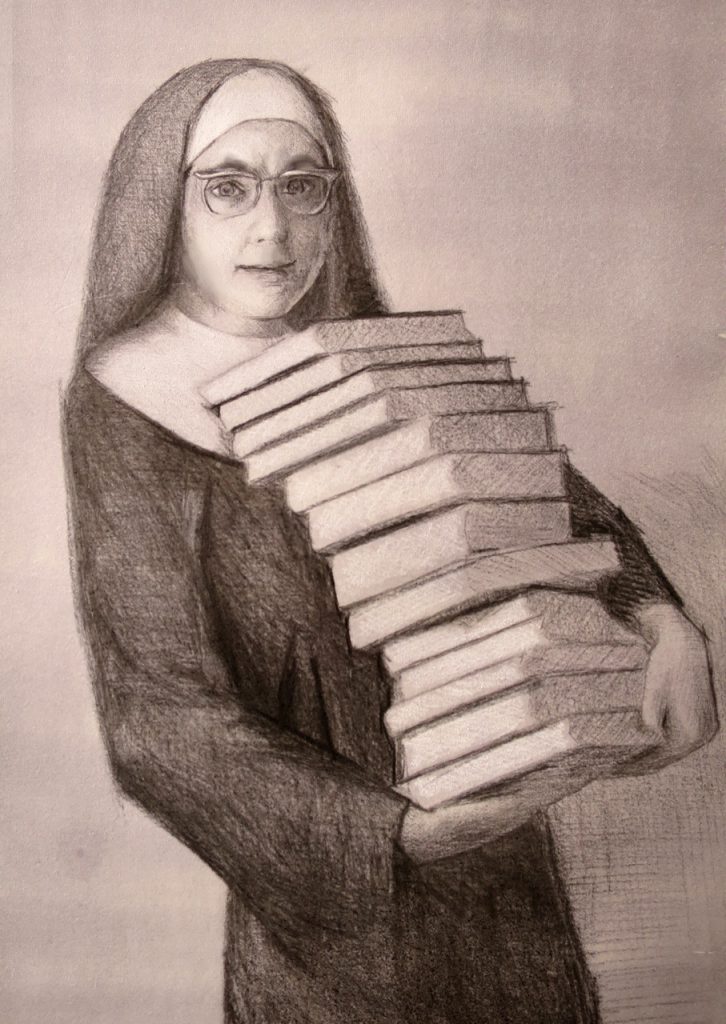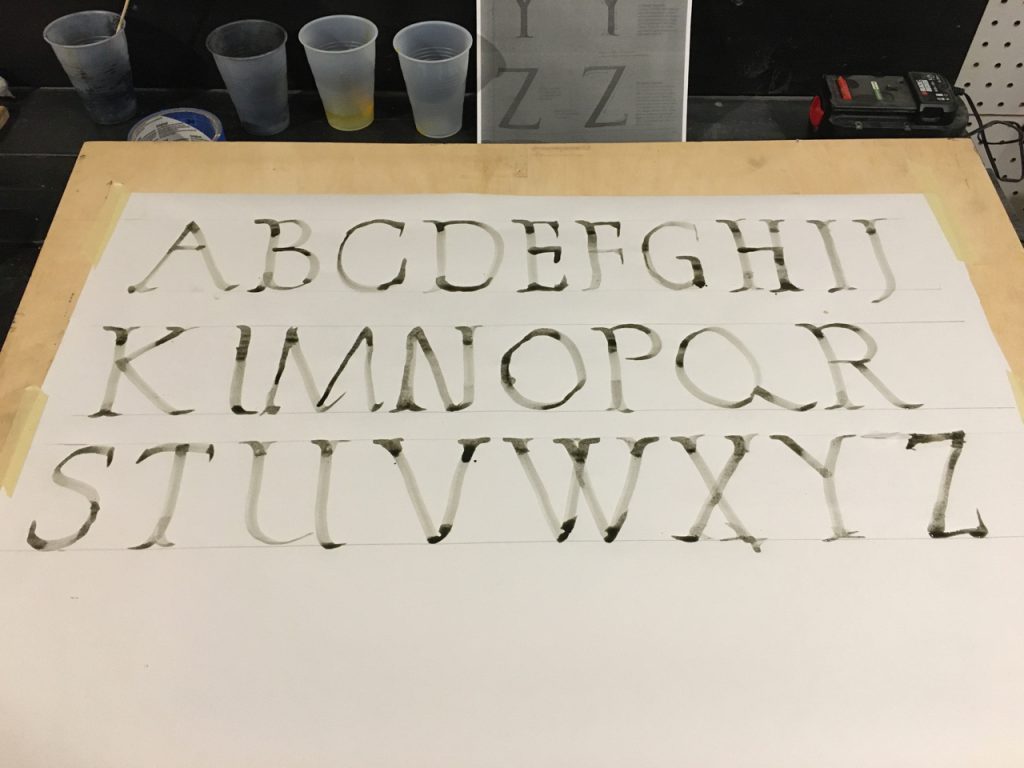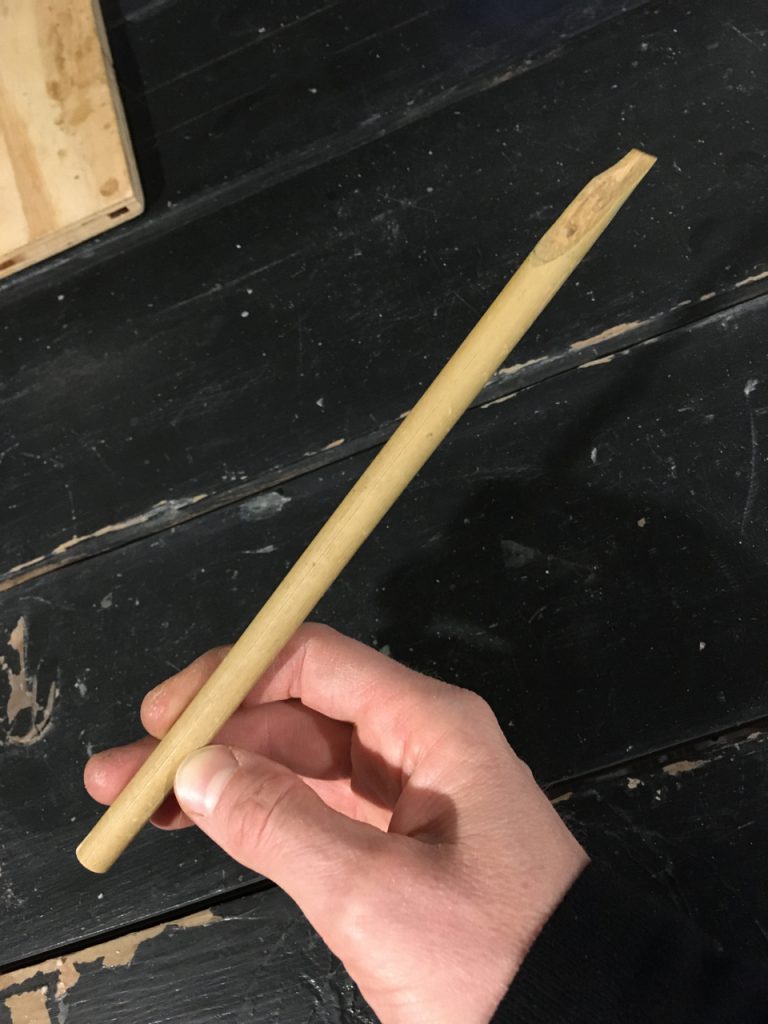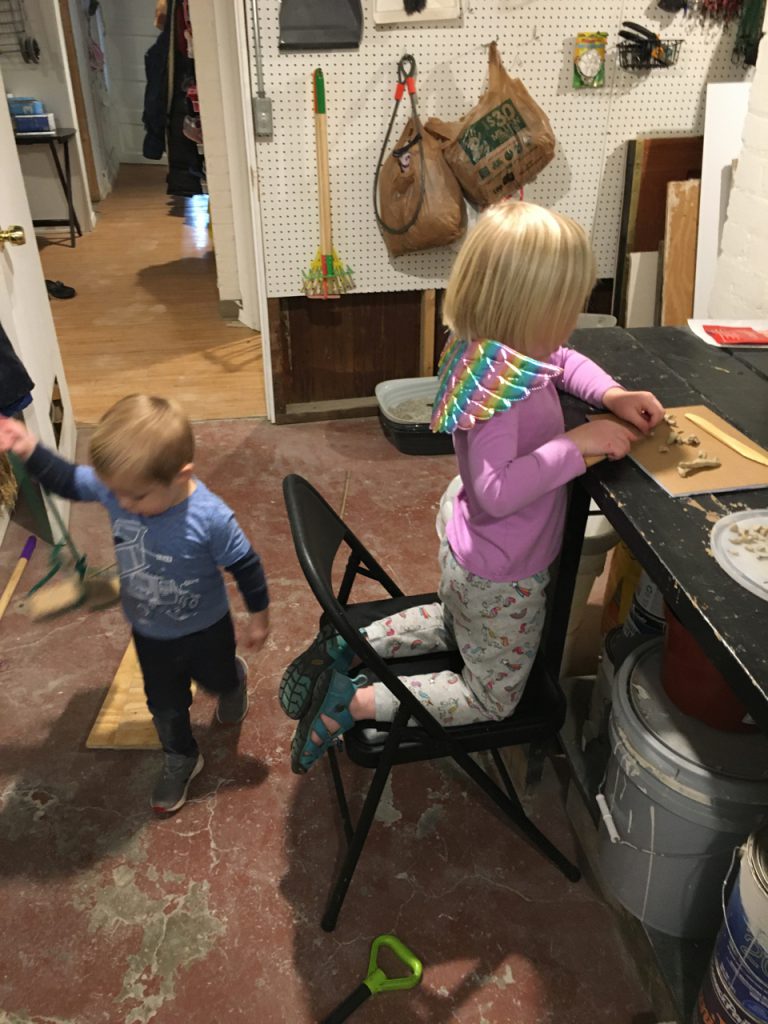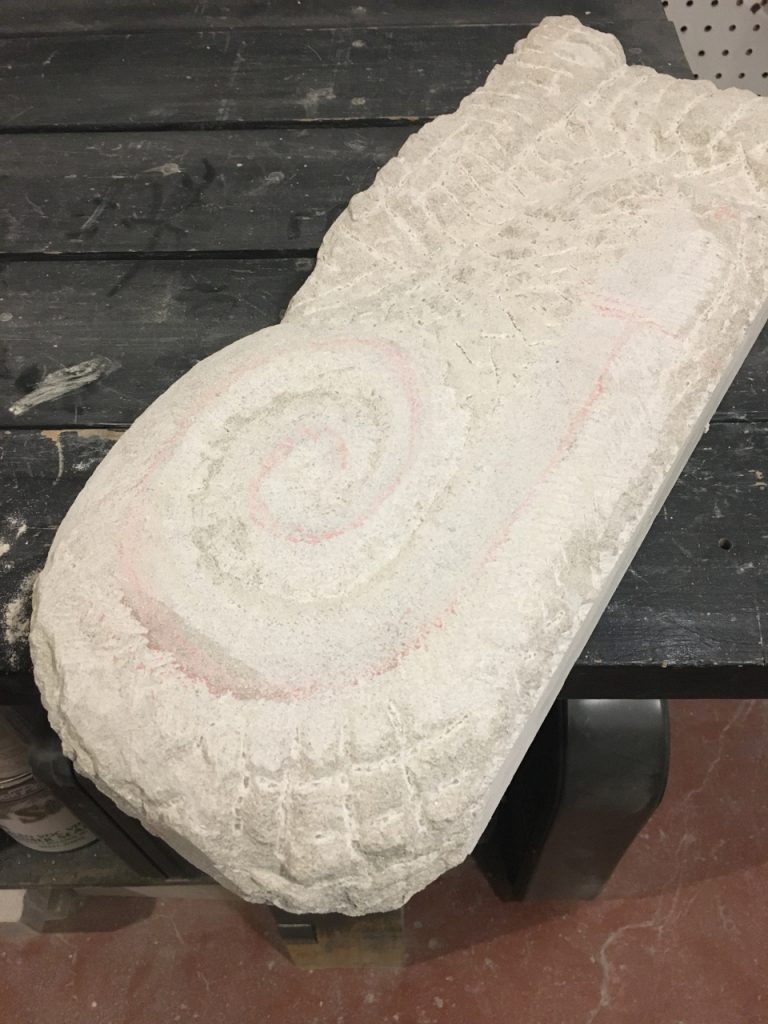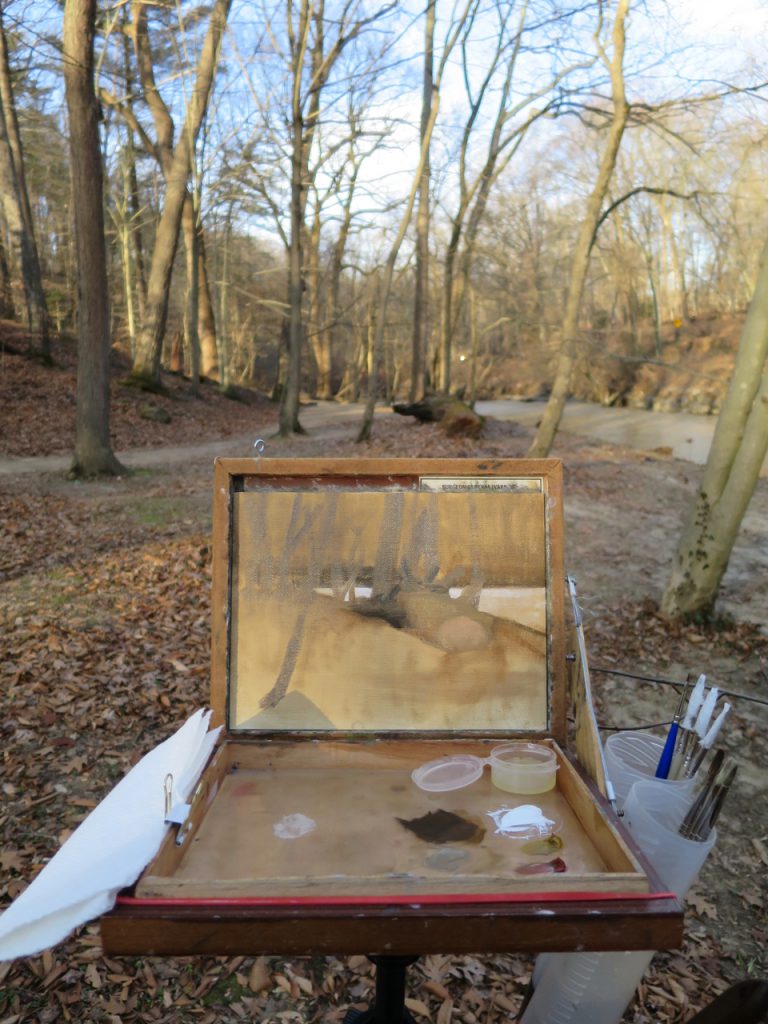Stream of Consciousness: Snail, Cathedral, Calamus, and Children
I finished a painting. Finally. My goal for the last month has been to finish 2-3 paintings per week and to write one substantial Instagram post about the best of them per week. My idea was that since I teach drawing at a liberal arts high school, I could write something thoughtful about one painting per week.
In class, we draw for 30 minutes, and then we read something together and talk about the significance of what we are doing in class. Right now, we are reading from Harold Speed’s Practice and Science of Drawing and from Juliette Aristides’ Beginning Drawing Atelier Workbook. We’ve talked about drawing as a contemplative activity, the definition of art, line drawing vs. mass drawing, and the basic concepts of realist drawing: Contour, shadow shape, and half tones.
My painting of the Washington National Cathedral illustrates something that we talked about from Harold Speed. He defines art (my paraphrase) as the transmission of a human experience in an orderly and beautiful way. When I walk home, especially in the evening, I pass this view of the Washington National Cathedral. It is a view across Rock Creek Park to the opposite bank. And, although I know the building is a church, it kind of assumes the character of a castle in my mind.
Castles, churches. Something seen from afar. The opposite bank. These images evoke feelings of nostalgia, of longing for dreams unfulfilled, of imagined perfection. It’s the castle in the clouds.
But, the image is seen over an old van, down a back alley – hardly idyllic. The two images marry awareness of the everyday with pursuit of dreams.
Not that had these things in mind when I started. I was just looking for a good composition. But, Harold Speed talks about the reality that idea of something, regardless of whether that thing is drawn by a 5 year or by a trained artist, evokes certain images and feeling associated with that image. And, he states that a good artist must be aware of these images and experience these feelings while painting because the feelings will direct the aesthetic choices he makes.
At the Florence Academy, I remember one of the instructors saying that as one practices painting more and more, what the artist is aware of while painting changes. When painting a portrait, for instance, instead of thinking exclusively of how to mix paint or to handle the brush, the artist begins to be absorbed by the experience of being with the model and by the associations or feelings that arise in his mind while gazing on the model. This reflection by my instructor reminds me of Harold Speed’s assertion that the artist must feel while painting.
Why does this matter? I think it matters because a painting represents more than a visual experience. It represents the end product of a human experience. And, it is a means of communication – but not of communication by means of words. In a world of mass production where the objects we use do not generally have a relationship to us except as useful for one particular purpose, paintings provide meaningful contact with the material world. They teach us to relate to the physical world as whole persons with all our senses as well as with our emotions and intellect. And, in a world full of lonely people longing for meaningful contact, paintings provide a means of heart to heart communication.
It’s a small thing – a little 8×10 cityscape – and, in so many ways, just a bunch of blobs of paint stuck on a panel to make your living room a little more interesting. But, take a moment to reflect on it, and it’s so much more.
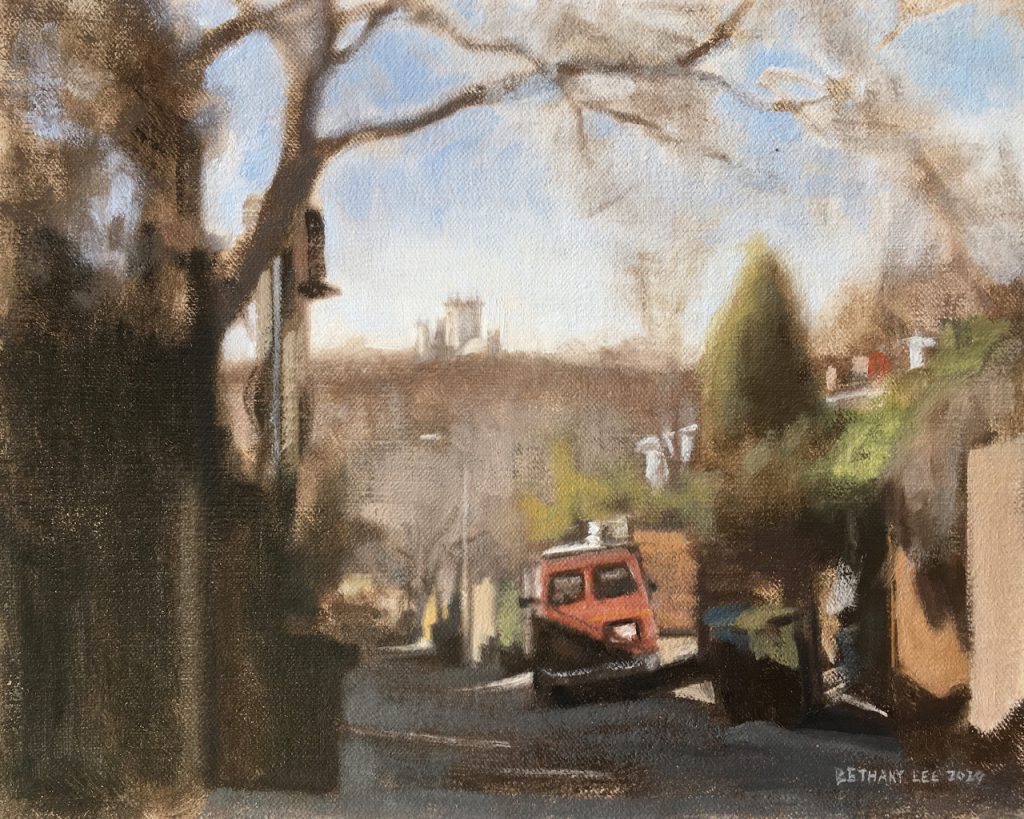
Here are a few more images of work from the past couple of weeks.
